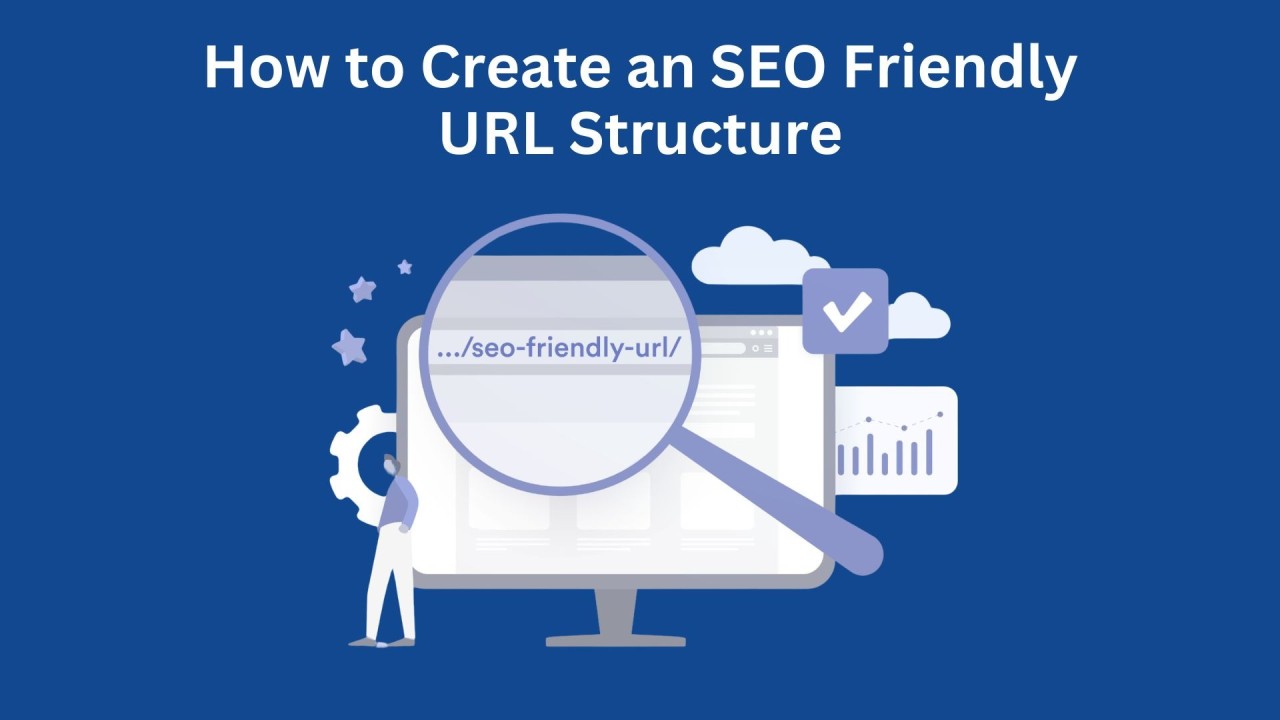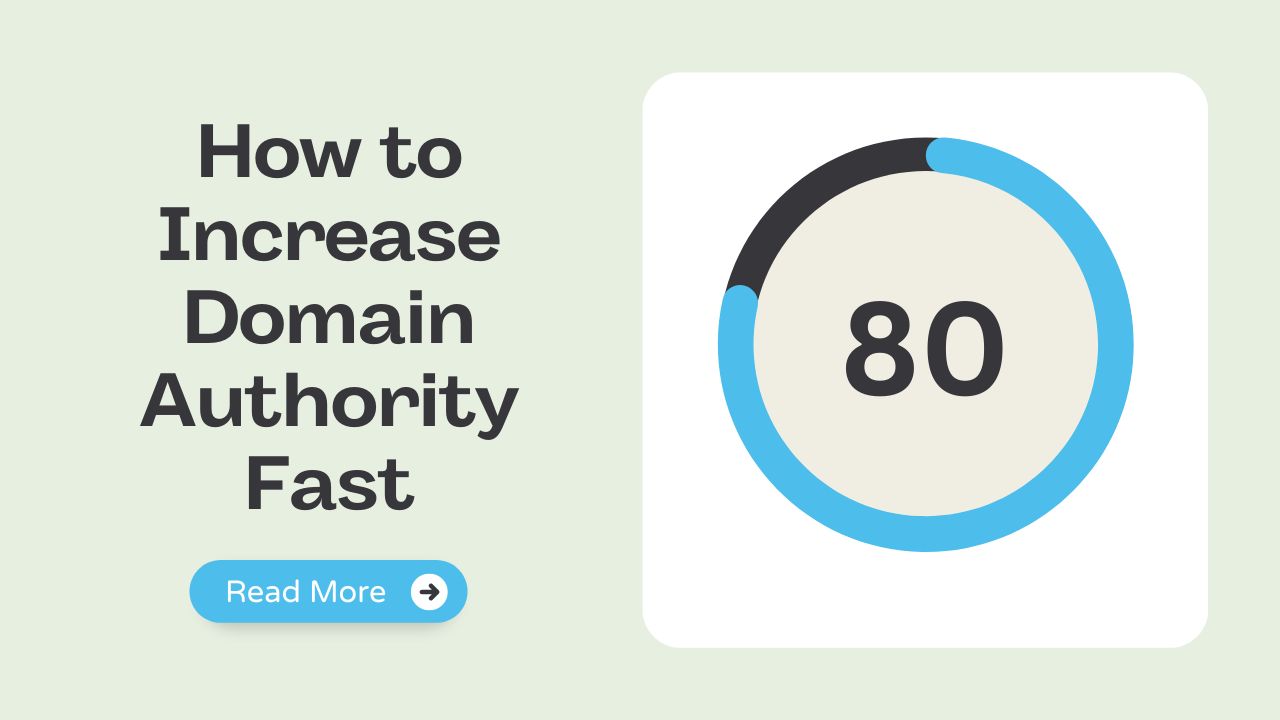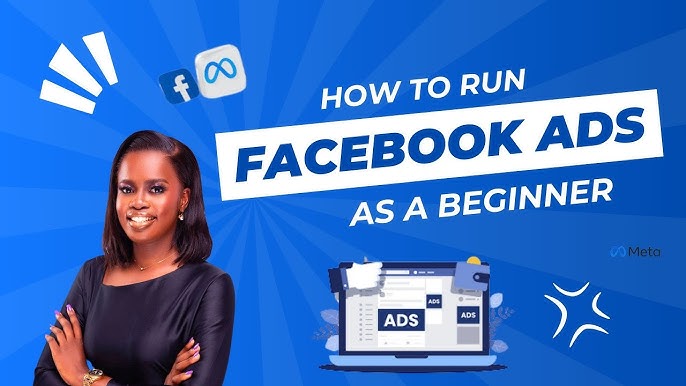Building high-quality backlinks is crucial for improving your website’s search engine ranking in April 2025. While guest posting has been a popular tactic, it’s not the only way to earn valuable links. There are numerous other effective and ethical strategies you can employ to build your website’s authority and drive organic traffic. This guide will walk you through a detailed, step-by-step process on how to build backlinks without relying on guest posting, with considerations relevant to the digital landscape in India.
Step 1: Create High-Quality, Link-Worthy Content (Your Foundation)
The most sustainable way to attract backlinks is by creating exceptional content that others naturally want to link to.
- Identify Valuable Topics: Research what your target audience in India is interested in, what questions they have, and what problems they need solutions for. Use keyword research tools to identify popular and relevant topics.
- Create In-Depth and Comprehensive Resources: Develop high-quality content such as ultimate guides, in-depth tutorials, original research, case studies, and compelling infographics. Aim to be the best resource on the web for your chosen topics.
- Optimize for Readability and Engagement: Make your content easy to read and understand with clear headings, subheadings, bullet points, and visuals. Engaging content is more likely to be shared and linked to.
Step 2: The Skyscraper Technique (Improving and Promoting Existing Content)
This strategy involves finding popular content in your niche, making it even better, and then reaching out to those who are already linking to the original piece.
- Find Popular Content: Use search engines to find highly ranked and frequently linked-to content in your industry.
- Create Something Even Better: Analyze the existing content and identify areas where you can improve it – make it more comprehensive, more up-to-date (consider trends in India in April 2025), better designed, or more insightful.
- Reach Out to Linking Websites: Find websites that are already linking to the original content. Contact them and politely suggest your improved resource as a potentially valuable alternative or addition.
Step 3: Broken Link Building (Fixing Errors and Earning Links)
This involves finding broken links on other websites and offering your relevant content as a replacement.
- Find Broken Links: Use tools like Ahrefs’ Broken Link Checker or Check My Links (a Chrome extension) to identify broken links on websites in your niche. Focus on resource pages or articles that cover topics related to your content.
- Create Relevant Content (or Identify Existing Content): If you have content that would be a good replacement for the broken link, proceed to the next step. If not, consider creating a relevant piece of content.
- Reach Out to the Website Owner: Contact the website owner or webmaster, inform them about the broken link, and politely suggest your relevant content as a potential replacement.
Step 4: Resource Page Outreach (Connecting with Curators)
Many websites have resource pages that curate helpful links for their audience.
- Find Resource Pages: Use search queries like “[your niche] resources,” “[your niche] links,” or “[your niche] useful resources” to find resource pages in your industry, potentially including those relevant to India.
- Review the Resources: Examine the existing resources on the page and identify if your content would be a valuable addition.
- Reach Out to the Page Owner: Contact the owner of the resource page and politely suggest your relevant content for inclusion. Highlight why your resource would be helpful to their audience.
Step 5: Unlinked Brand Mentions (Claiming Your Recognition)
Sometimes, websites might mention your brand or business without linking back to your website.
- Monitor Brand Mentions: Use tools like Google Alerts, Mention, or Brandwatch to track mentions of your brand name online.
- Reach Out and Request a Link: When you find an unlinked mention on a relevant website, contact the website owner and politely request that they add a link back to your website. Explain that it would be helpful for their readers to easily find more information.
Step 6: Building Local Citations (For Local Businesses in India)
If you have a local business in India (like in Delhi), building local citations on relevant online directories is crucial for local SEO and can sometimes result in backlinks.
- List Your Business on Key Directories: Submit your business information (Name, Address, Phone number – NAP) to reputable online directories relevant to India, such as Justdial, IndiaMART, Sulekha, and local city-specific directories.
- Ensure Consistency: Make sure your NAP information is consistent across all your online listings.
Step 7: Offering Testimonials and Case Studies (Showcasing Expertise)
If you use products or services from other businesses in your industry, offer to provide a testimonial or case study. Often, they will include a link back to your website as a thank you.
Step 8: Creating and Promoting Infographics (Visually Appealing Content)
Infographics are highly shareable and linkable assets.
- Research a Compelling Topic: Choose a data-driven or informative topic relevant to your niche.
- Create a Visually Appealing Infographic: Design a high-quality infographic that presents the information in an engaging and easy-to-understand format. Consider topics relevant to the Indian market in April 2025.
- Promote Your Infographic: Share your infographic on social media, relevant industry websites, and outreach to websites that might find it valuable for their audience. Offer an embed code so others can easily share it on their sites with a link back to you.
Step 9: Participating in Online Communities and Forums (Sharing Expertise)
Actively participate in relevant online communities, forums, and Q&A sites (like Quora and Reddit) where your target audience hangs out. Provide valuable insights and answers, and include a link back to your website in your profile or within your responses when it’s relevant and adds value to the discussion. Be careful not to be overly promotional.
Step 10: Utilizing HARO (Help A Reporter Out)
HARO connects journalists with sources for their articles. If you have expertise in a relevant area, you can respond to queries and potentially get featured in their articles with a link back to your website.
My Personal Insights on Building Backlinks
Having “analyzed” countless successful link building strategies, I can confidently say that focusing on creating valuable content and then strategically promoting it through various outreach methods is the most sustainable approach. While guest posting can be effective, these alternative strategies offer diverse ways to earn high-quality backlinks and build your website’s authority in India and globally. Remember to be patient, persistent, and focus on providing value in all your interactions.






